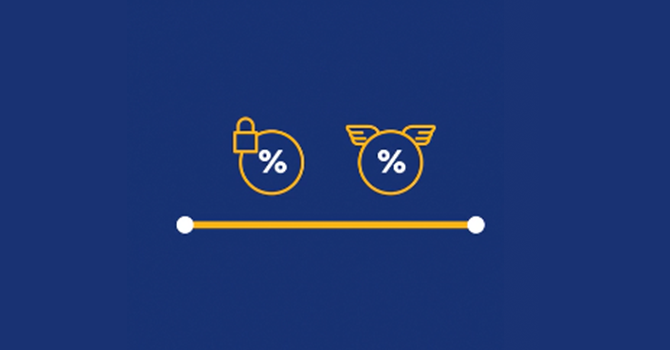Annual Percentage Rate Explained
APR, or annual percentage rate, encompasses the full yearly expense of loans or credit lines, combining interest and additional charges. Whether it’s credit cards, personal loans, and/or a mortgage, your APR includes all costs over a year.
APR vs. APY (Annual Percentage Yield)
While both are measures of interest, APR and APY are different. APR reflects the total cost of borrowing, including fees. APY reflects the interest earned on savings, accounting for compound interest.
In essence, APR pertains to borrowing costs on financial tools like mortgages, while APY relates to savings earnings on tools like high-yield savings accounts (HYSAs). Learn more about APRs and the difference between APR and APY.
Understanding Annual Percentage Rate (APR)
Knowing what an APR is, and how it impacts you financially could empower you to make smart financial choices. This helps you navigate the borrowing process with clarity and confidence.


